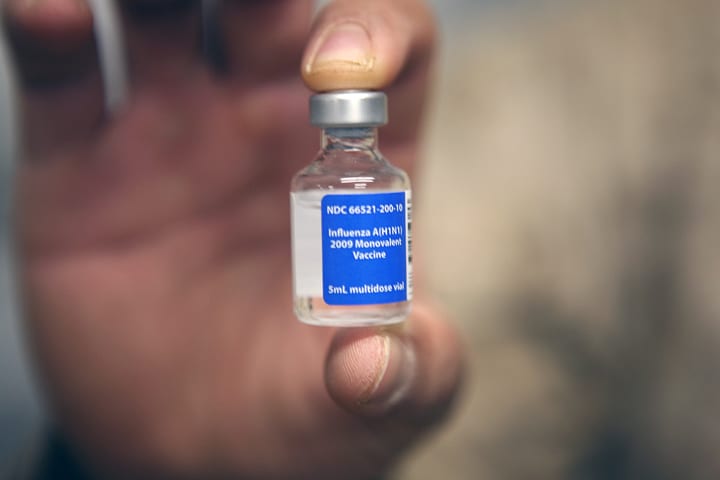February 06, 2015

Reading the news this week, it’s hard to miss coverage of the ongoing spread of measles cases in the US. The outbreak, which began at Disneyland and has spread to fourteen states, has prompted a backlash against parents who have chosen not to vaccinate their children for ideological reasons. Many of these parents fear adverse effects, particularly autism, but their fears are ill-founded. The most frequently cited link between vaccines and autism comes from a completely fabricated scientific paper.
As the highly contagious disease spread in the population and in the media, likely 2016 Republican presidential candidates Chris Christie and Rand Paul reinforced the anti-vaccination position with comments suggesting that vaccines may, in fact, be dangerous. Democrats, including President Obama and Hillary Clinton, came out strongly supporting vaccination, citing the utter clarity of the science in favor of doing so. But does the population split clearly along party lines? According to a paper published by researchers at Ohio State University, the answer is no.
The OSU study found that confidence in government—and not necessarily one’s political party—drove willingness to vaccinate against the H1N1 flu virus in 2009. This lack of confidence in government is found in both Republican- and Democrat-dominated communities. Take California, where the current measles outbreak began.
The map shows the percentage of parents in each California county who opted out of giving vaccines to their children for reasons of personal belief (the darker the shading the higher the percentage) and whether the county voted democratic (blue) or republican (red) in the 2012 presidential election. There’s no correlation between dominant political party and rate of personal belief exemptions.*
A similar lack of correlation between partisanship and vaccination exemptions exists for the country as a whole. The danger of diminished vaccination, though, lies in communities much smaller than states (and in many cases, smaller than counties). It’s pockets of reduced herd immunity that end up with outbreaks in the US. In California, some communities within heavily populated counties have personal belief exemption rates over ten percent—in places geographically close but ideologically distinct, like highly liberal Santa Monica and highly conservative Orange County.
The US state with the lowest vaccine exemption rates, Mississippi, lags behind other states in many other statistical measures of health, but in vaccine compliance the state has a longstanding and highly effective policy, maintaining high vaccination rates with strict rules about exemptions. Without allowing for such exemptions to spread in small communities (where anti-vaccination views often spread by word-of-mouth), the state has limited outbreaks in the last two decades.
Two California lawmakers are now considering a similar limit on exemptions. We need to understand more about which policies are most effective at containing outbreaks, but it appears that vaccination may be a rare nonpartisan issue—and perhaps an opportunity for legislative changes.
*It should be noted that we can’t make assumptions about the behavior of individuals from a map showing group data—doing so suffers from the ecological fallacy. Surveys done about vaccine use, however, show that individuals in both parties have anti-vaccination views.
Andrea White is a Communications Associate at CDDEP.











